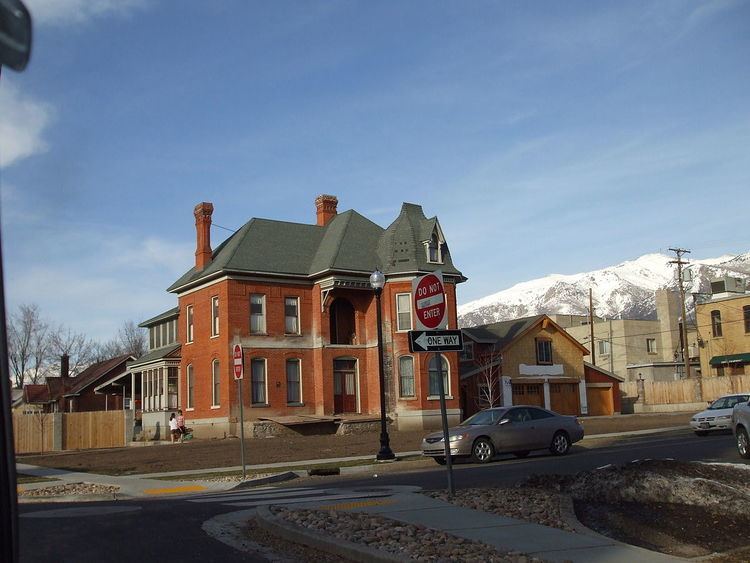Died 1928 | ||
 | ||
Structures | ||
William Robert Allen (January 1, 1849 – October 11, 1928) was an early 20th-century architect in Utah. His most important work, the Davis County Courthouse, is no longer extant, yet a number of his works are listed on the U.S. National Register of Historic Places. Allen received training through the International Correspondence Schools which was based in Scranton, Pennsylvania, but allowed him to receive training and continue work in Utah.
He nearly monopolized architecture in Davis County, and was irritated to find others' works. He criticized another's work as a "It has a Queen Anne front and a jackass behind".
Works
References
William Allen (Utah architect) Wikipedia(Text) CC BY-SA
